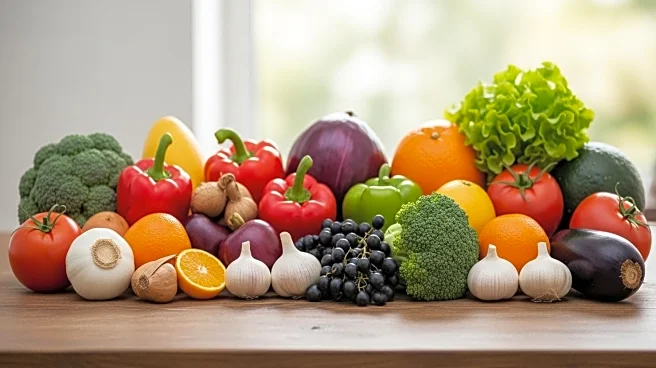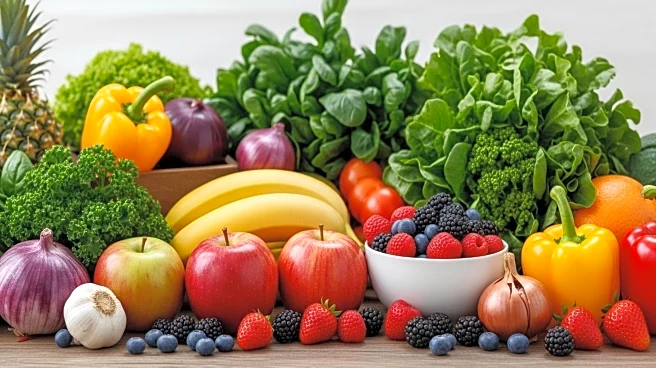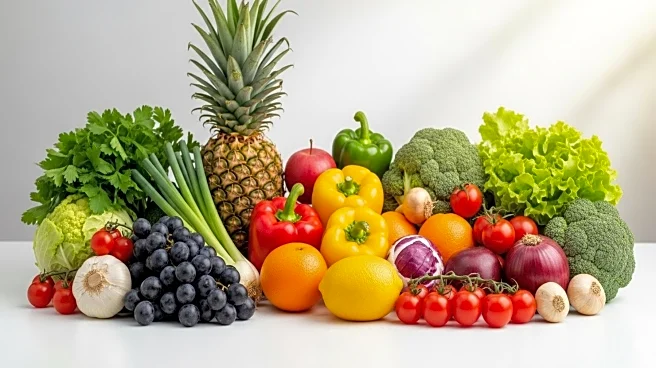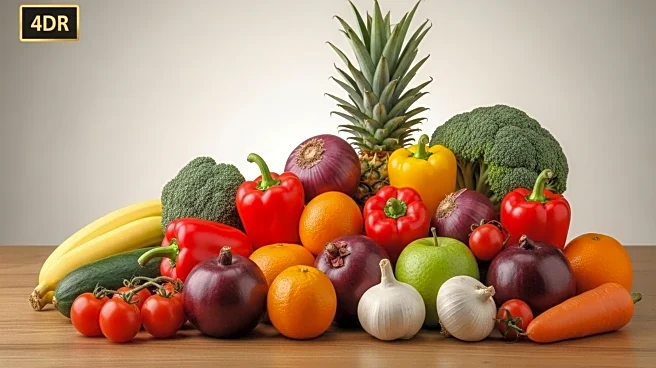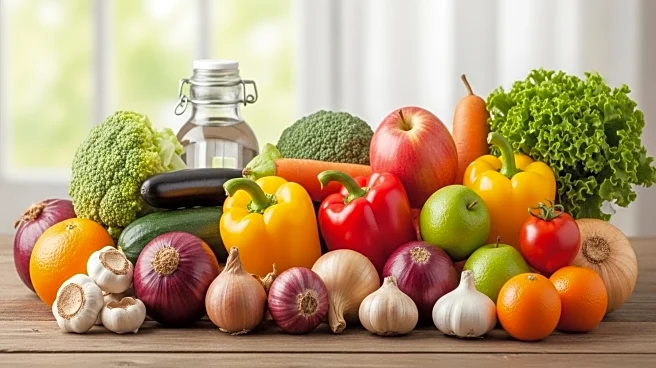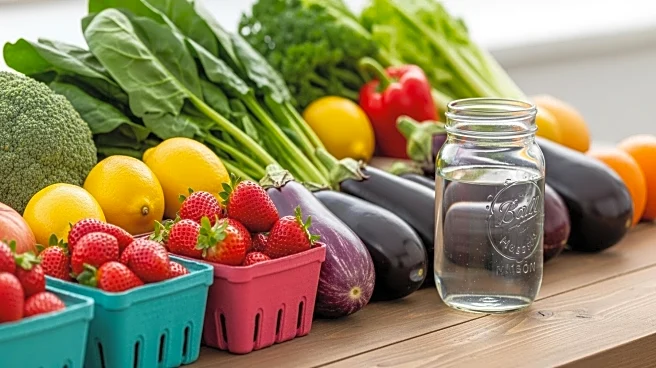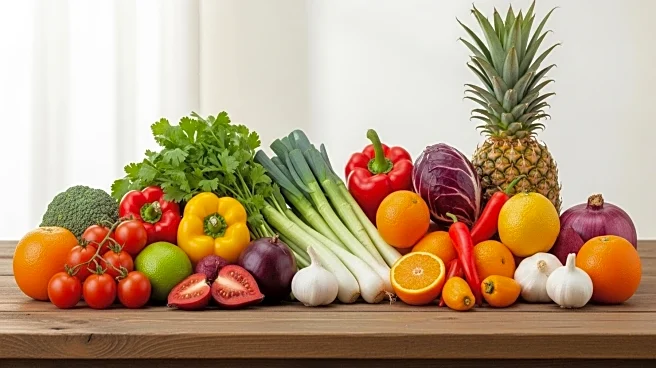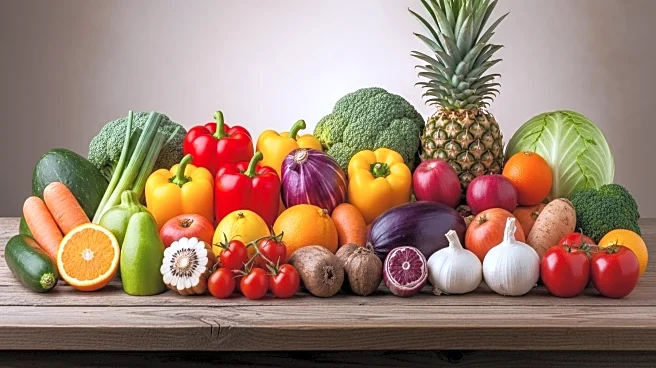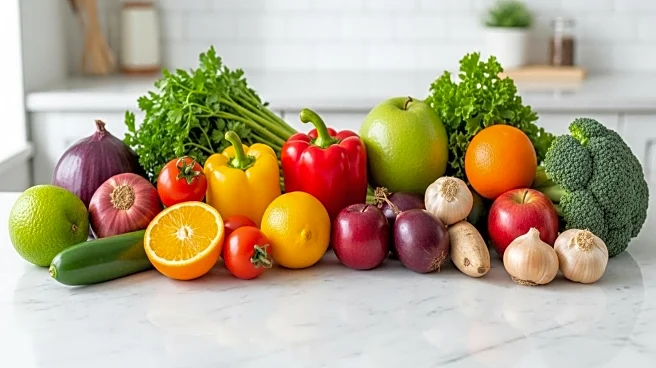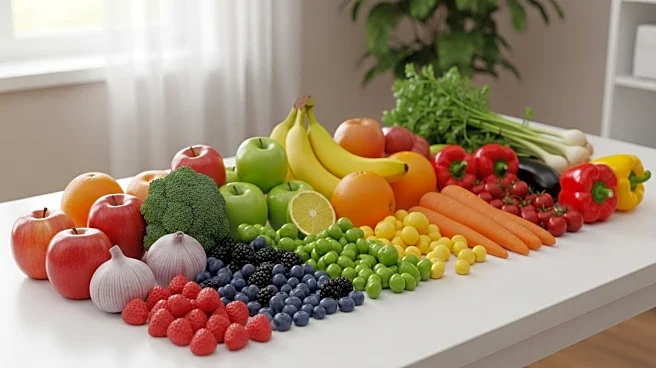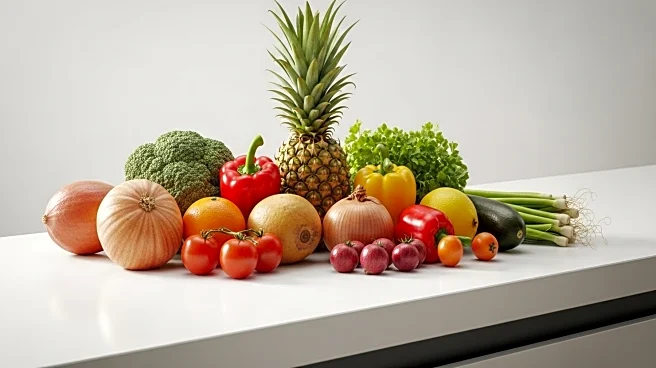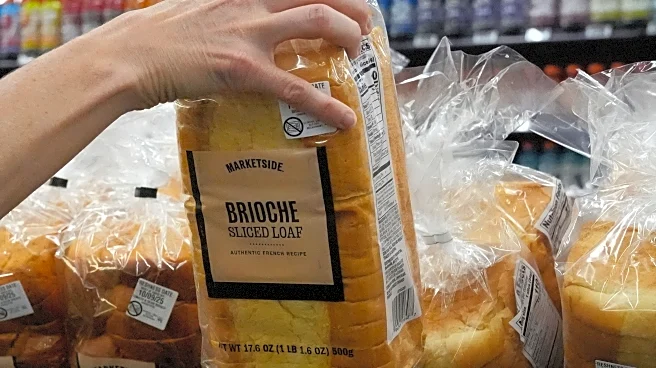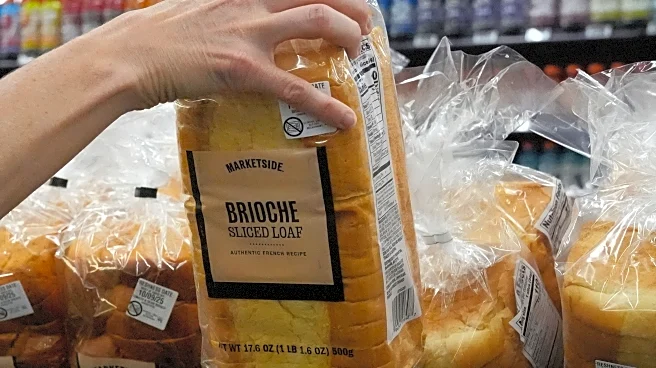What is the story about?
What's Happening?
Walmart has announced a significant change in its product offerings by pledging to remove 11 synthetic dyes from its private food brands by January 2027. This decision affects Walmart's Great Value, Marketside, Freshness Guaranteed, and bettergoods branded products. The move aligns with a broader industry trend, as other major brands like General Mills, Kraft Heinz, and PepsiCo have also committed to eliminating synthetic dyes. The U.S. Department of Health and Human Services had previously announced that eight artificial dyes would be phased out of medications and the nation's food supply by the end of 2026. The dyes being removed by Walmart include FD&C Blue Nos. 1 and 2, FD&C Green No. 3, FD&C Red Nos. 3, 4, and 40, FD&C Yellow Nos. 5 and 6, FD&C Citrus Red, FD&C Orange B, and Canthaxanthin.
Why It's Important?
This initiative by Walmart is part of a growing movement towards cleaner and more natural food products, reflecting consumer demand for healthier options. The removal of synthetic dyes, which are used to enhance the appearance of food, could lead to changes in product aesthetics and potentially higher costs due to the use of more expensive natural dyes. This shift may influence other retailers and manufacturers to follow suit, potentially leading to a broader industry-wide change. Consumers may benefit from reduced exposure to artificial additives, while companies may face challenges in maintaining product appeal and managing increased production costs.
What's Next?
As Walmart implements these changes, consumers can expect to see gradual alterations in the appearance and possibly the pricing of affected products. The company will need to manage the transition to natural dyes carefully to maintain customer satisfaction. Other retailers and food manufacturers may monitor Walmart's progress and consumer reactions, potentially prompting similar changes in their product lines. Regulatory bodies and health organizations may also continue to push for further reductions in artificial additives across the food industry.
AI Generated Content
Do you find this article useful?
